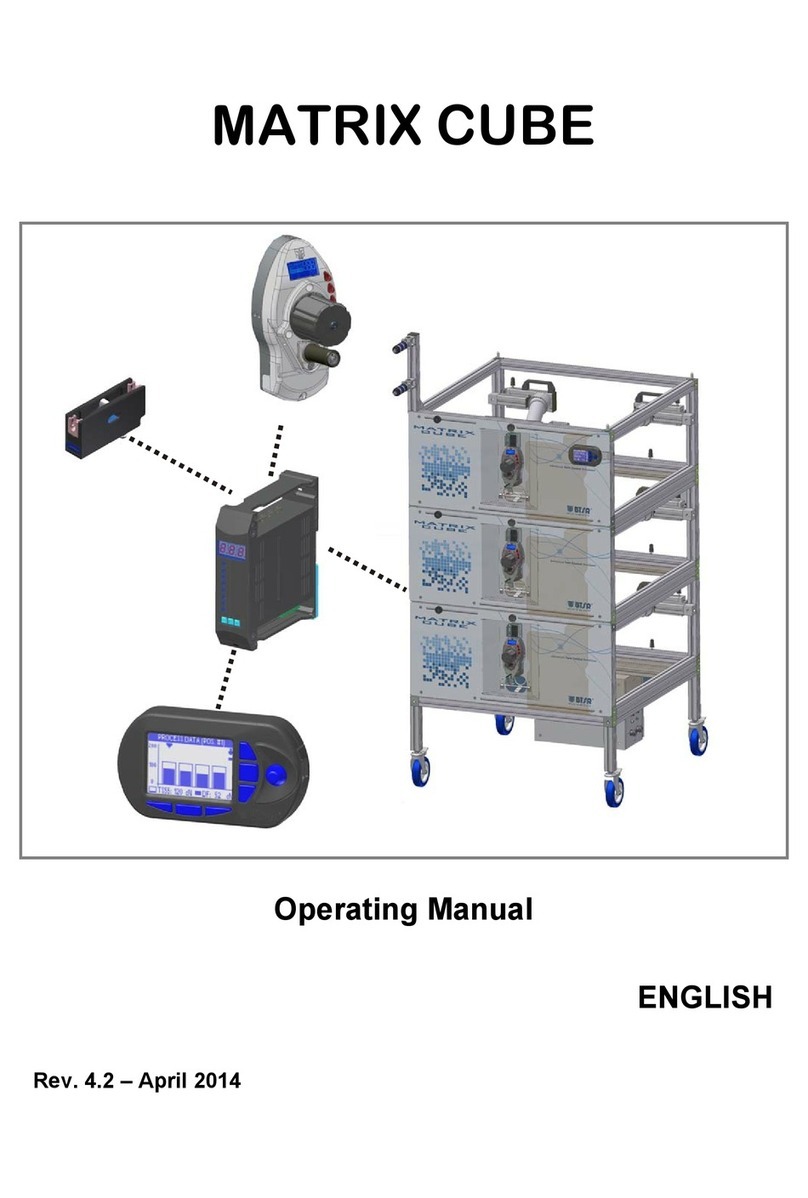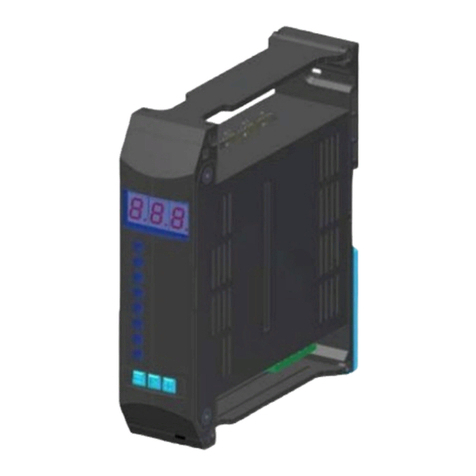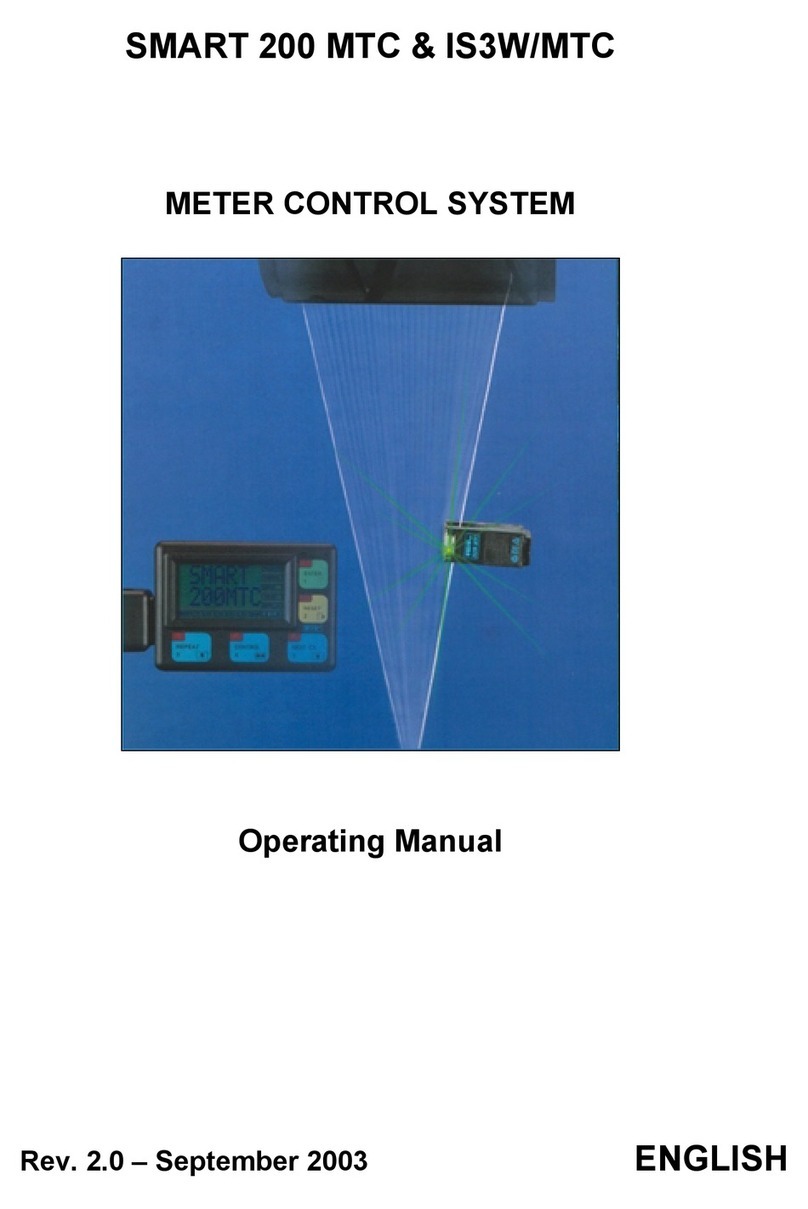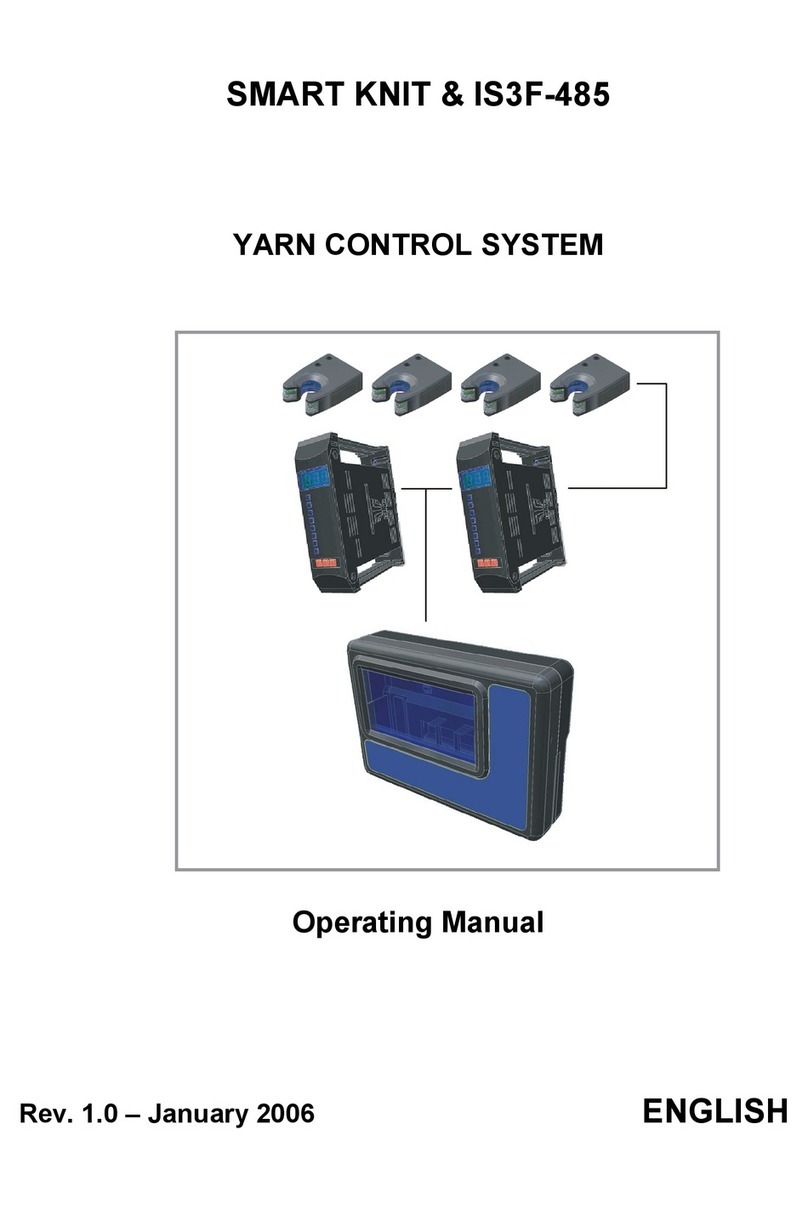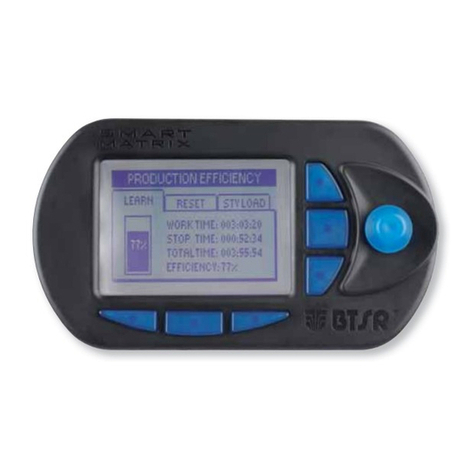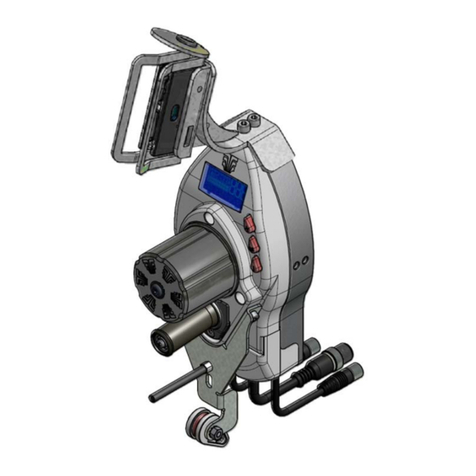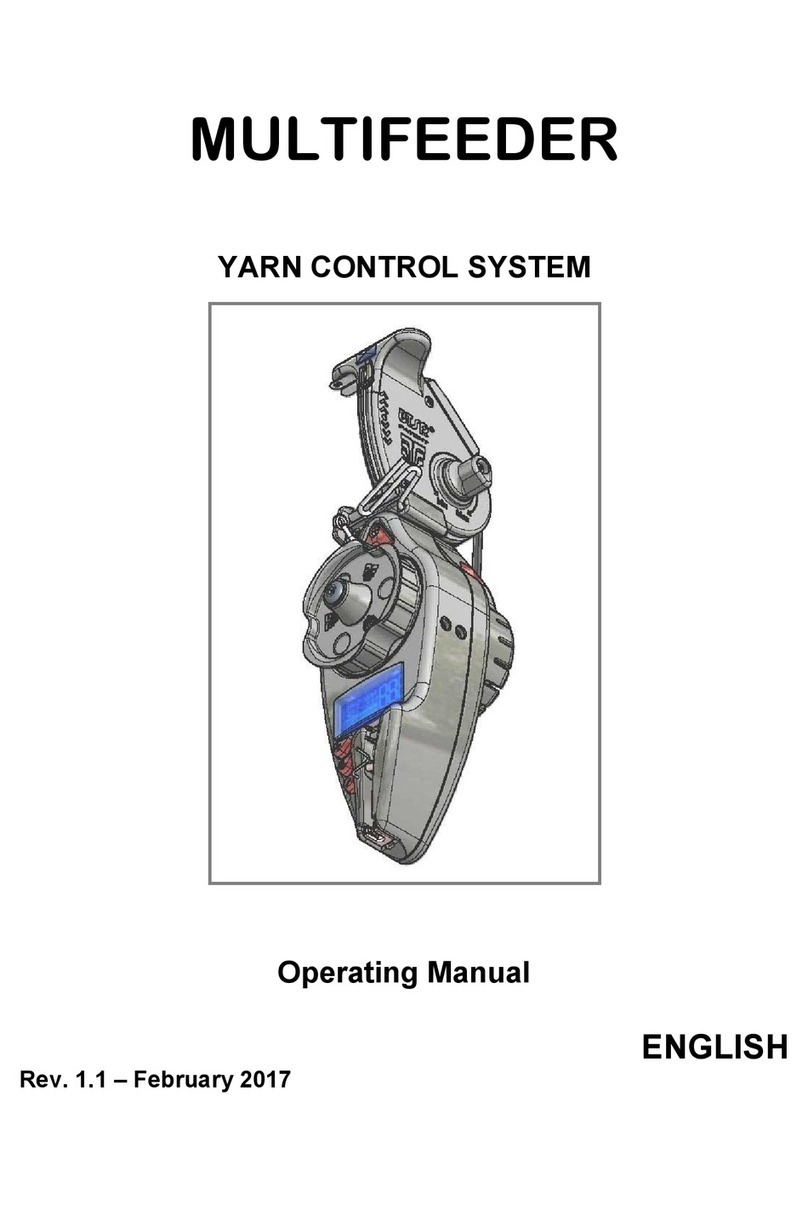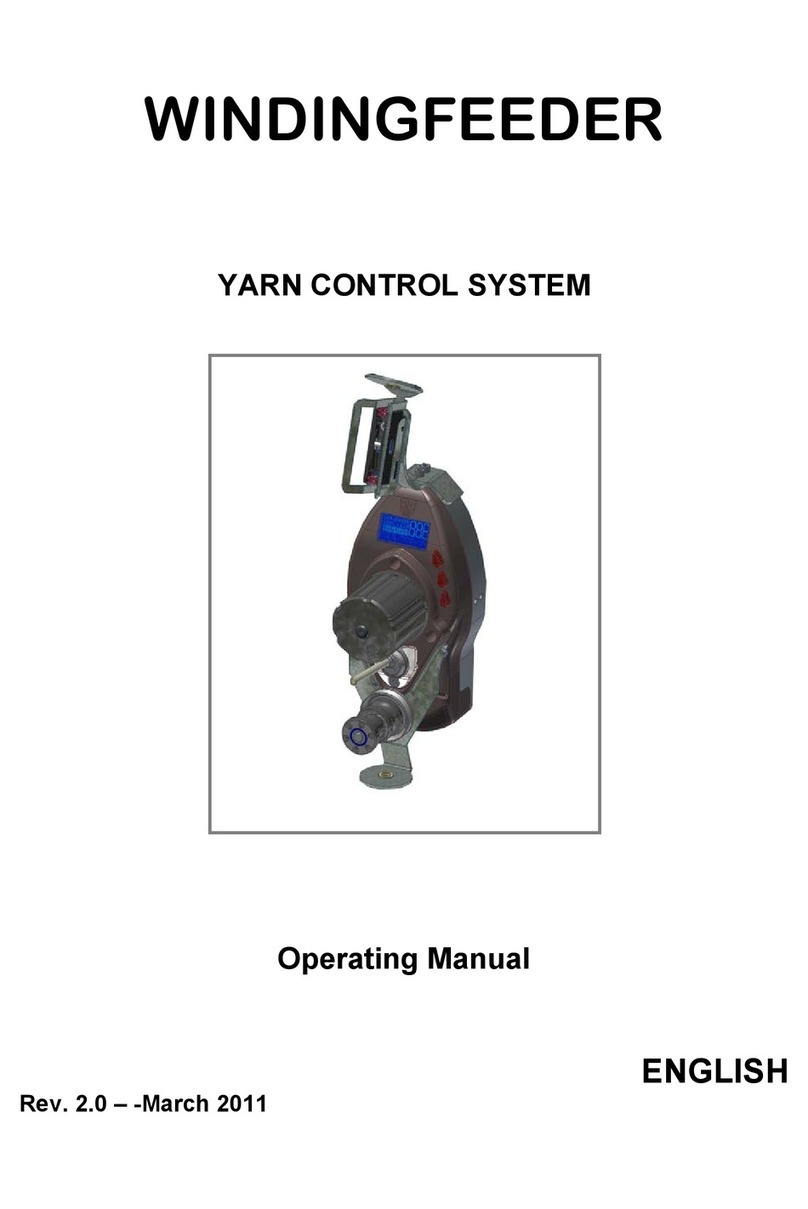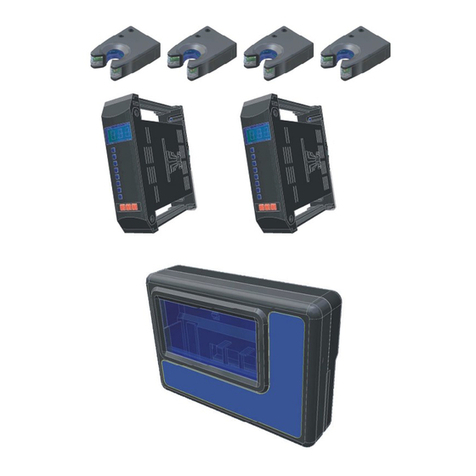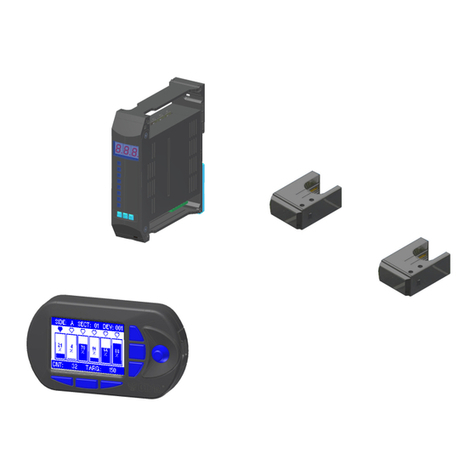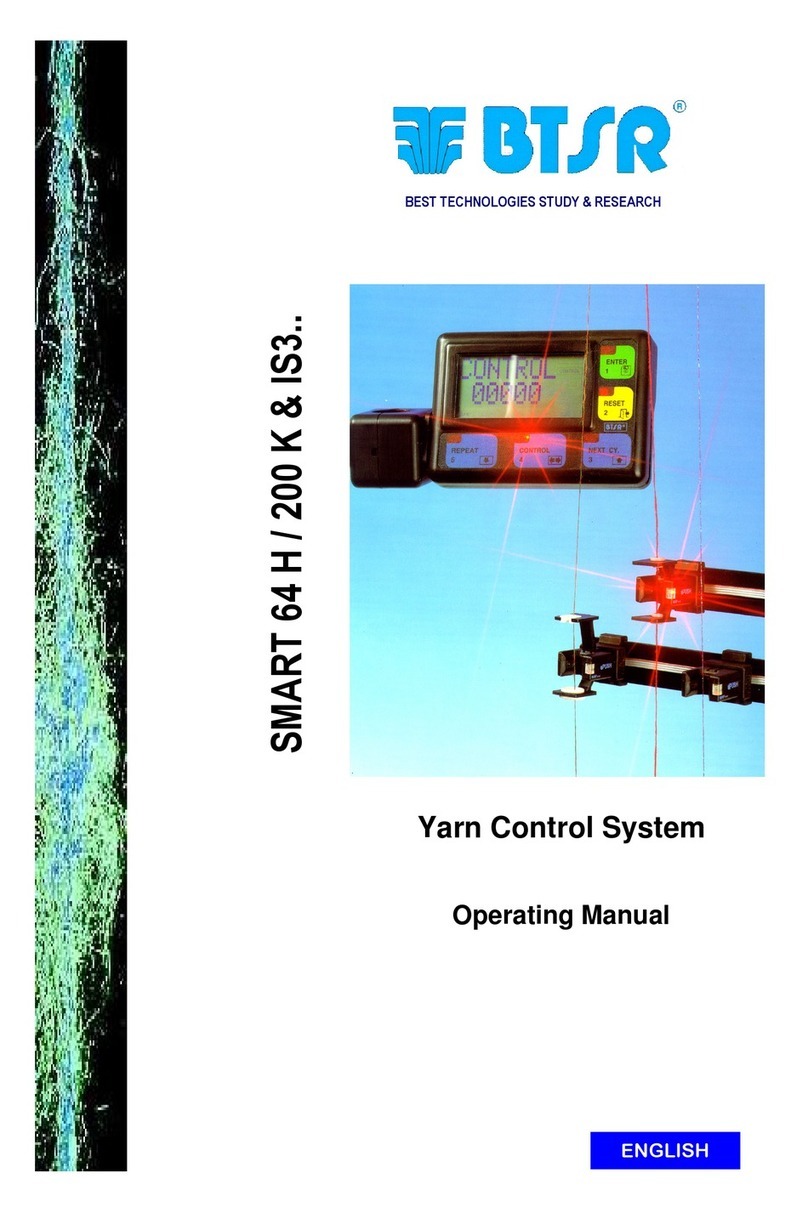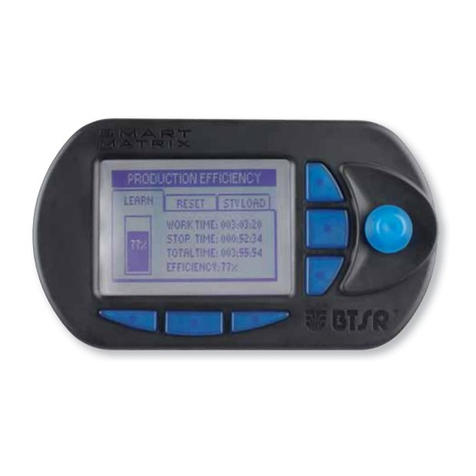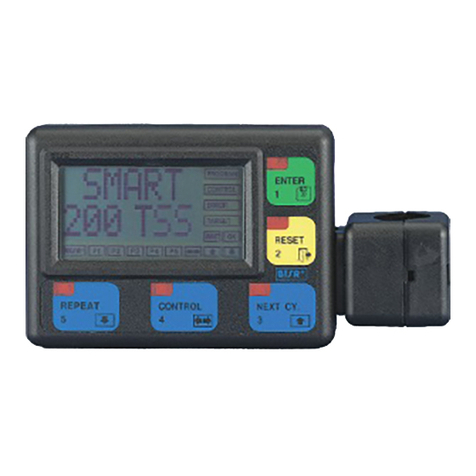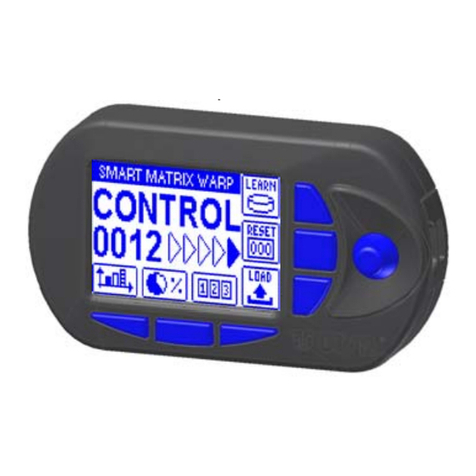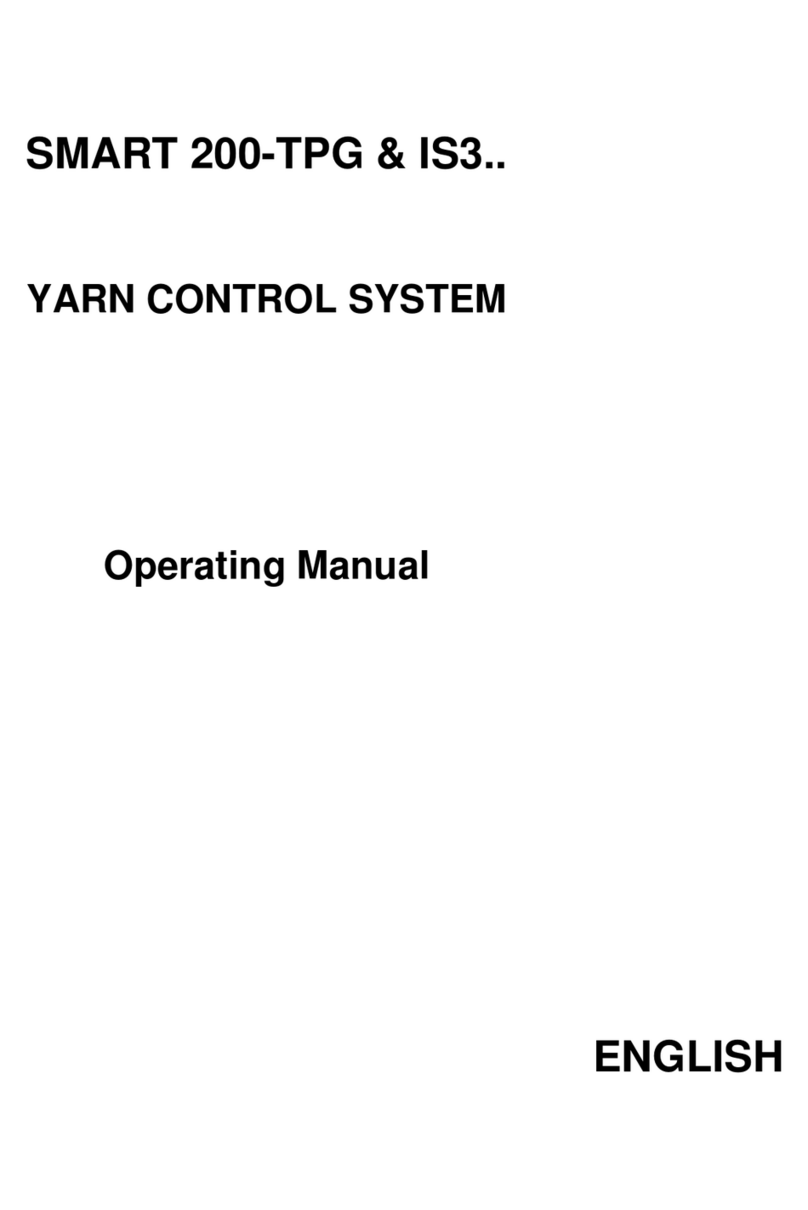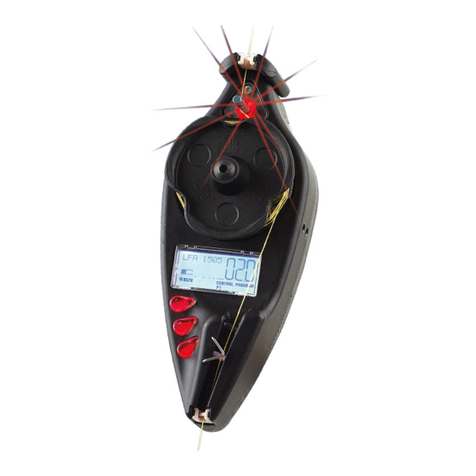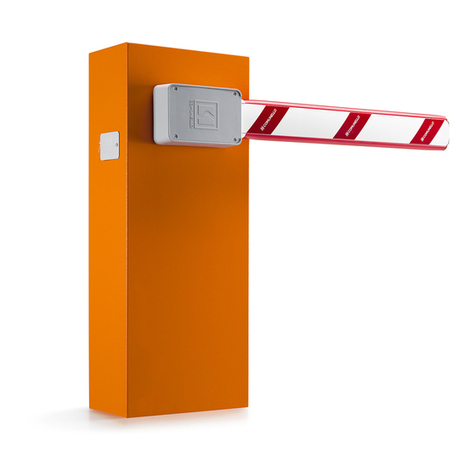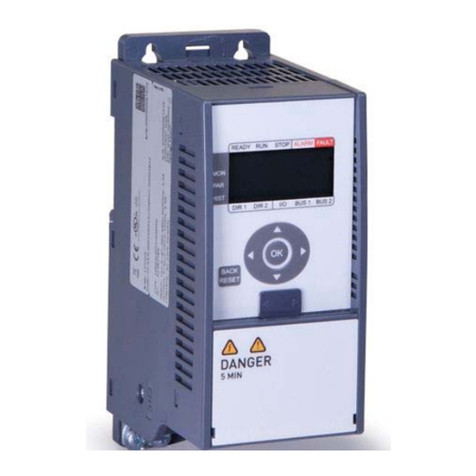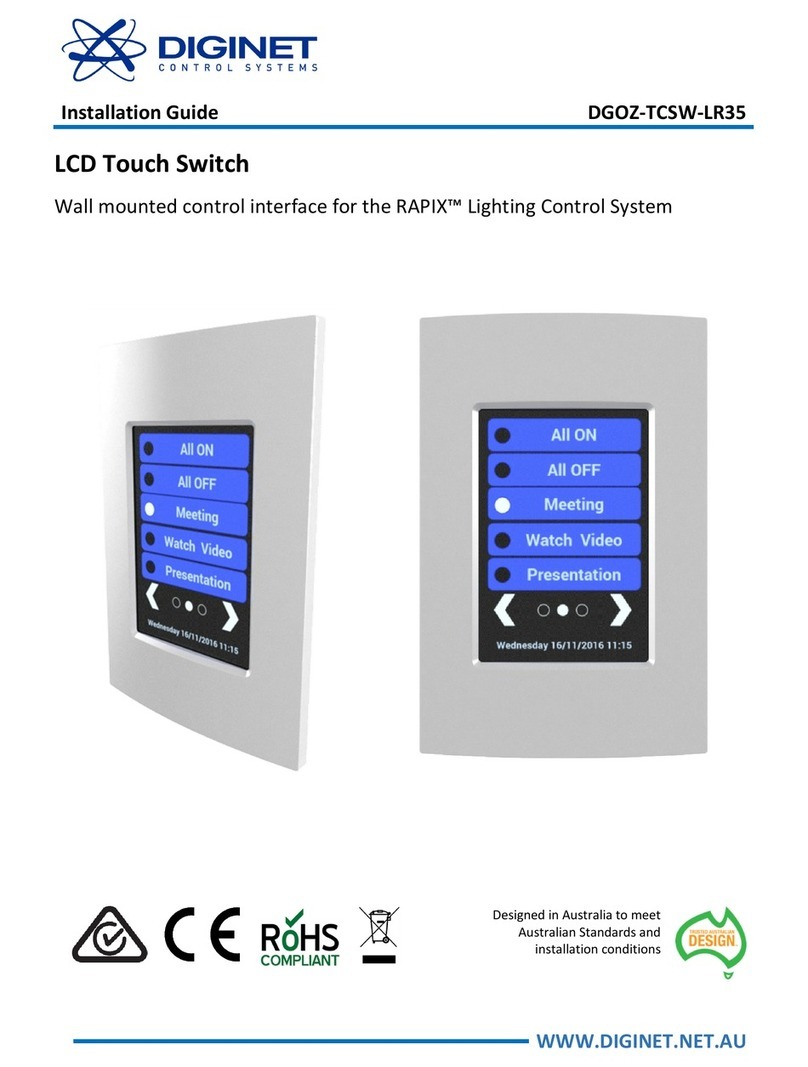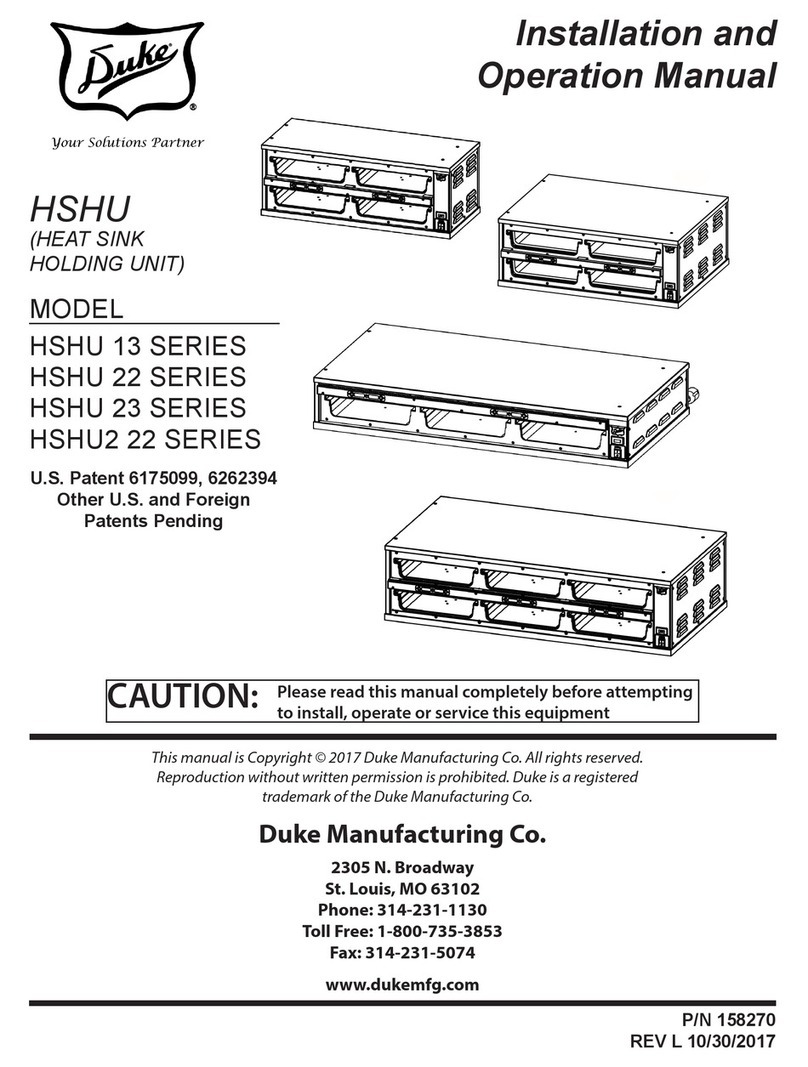
Table of Contents
SMART 200 TTS - i -
TABLE OF CONTENTS
TABLE OF CONTENTSTABLE OF CONTENTS
TABLE OF CONTENTS
INTRO
INTROINTRO
INTROD
DD
DUCTION
UCTIONUCTION
UCTION
How to use this manual.............................................................................................................................................. I.1
Symbols used .............................................................................................................................................................. I.1
Chapter 1
Chapter 1Chapter 1
Chapter 1 -
--
- OVERVIEW
OVERVIEWOVERVIEW
OVERVIEW
System components ....................................................................................................................................................1.1
System’s Operation Principles ..................................................................................................................................1.1
Special Features of SMART 200 TTS system ..........................................................................................................1.1
General Features of SMART systems ......................................................................................................................1.2
Cha
ChaCha
Chapter 2
pter 2pter 2
pter 2 –
––
–TECHNICAL DATA AND INSTALLATION
TECHNICAL DATA AND INSTALLATIONTECHNICAL DATA AND INSTALLATION
TECHNICAL DATA AND INSTALLATION
Technical Features .....................................................................................................................................................2.1
Installation ..................................................................................................................................................................2.1
Interface Connectors on SMART 200 TTS..........................................................................................................2.2
Example of Generic Application Connection.......................................................................................................2.3
Connection Cables and Power Supply Devices....................................................................................................2.4
Chapter 3
Chapter 3Chapter 3
Chapter 3 –
––
– OPERATION
OPERATIONOPERATION
OPERATION
SMART 200 TTS Terminal Features .......................................................................................................................3.1
IS3W/TTS Sensor Features .......................................................................................................................................3.4
Function of the IS3W/TTS Sensors ..........................................................................................................................3.4
Technical Characteristics of IS3W/TTS Sensor ......................................................................................................3.5
Detection area and mechanical layout (mm).......................................................................................................3.5
Connection cables...................................................................................................................................................3.5
Installation of IS3W/TTS sensors using multi-connector cable .........................................................................3.5
Installation of IS3W/TTS sensors with built-in cable .........................................................................................3.6
Sensor - Operator and Sensor - System Interfaces..................................................................................................3.6
Sensor - Operator.......................................................................................................................................................3.6
Touch Light Function ............................................................................................................................................3.7
Interpretation of the signalling lights located on the sensors .............................................................................3.7
Sensor - System...........................................................................................................................................................3.8
Electrical Characteristics of STOP Signal ...........................................................................................................3.9
Parameters that affect the sensor detection features ............................................................................................3.10
Preliminary operations for using the SMART 200 TTS terminal .......................................................................3.12
Operating Sequences................................................................................................................................................3.13
Enabling the SETUP Menu Functions (CONFIG)................................................................................................3.14
Enabling the SETUP Menu Functions (NEW, MODIFY, ERASE).....................................................................3.15
Enabling the WORK Menu Functions ...................................................................................................................3.16
Enabling the GRAPH Menu Functions..................................................................................................................3.16
CONTROL Function ...............................................................................................................................................3.17
DEVICE Parameters setting for Initial installation..............................................................................3.18
TT-TB Configuration of Sensor Working Mode: Twisting Profile (TT) or Balloon (TB) .............3.19
